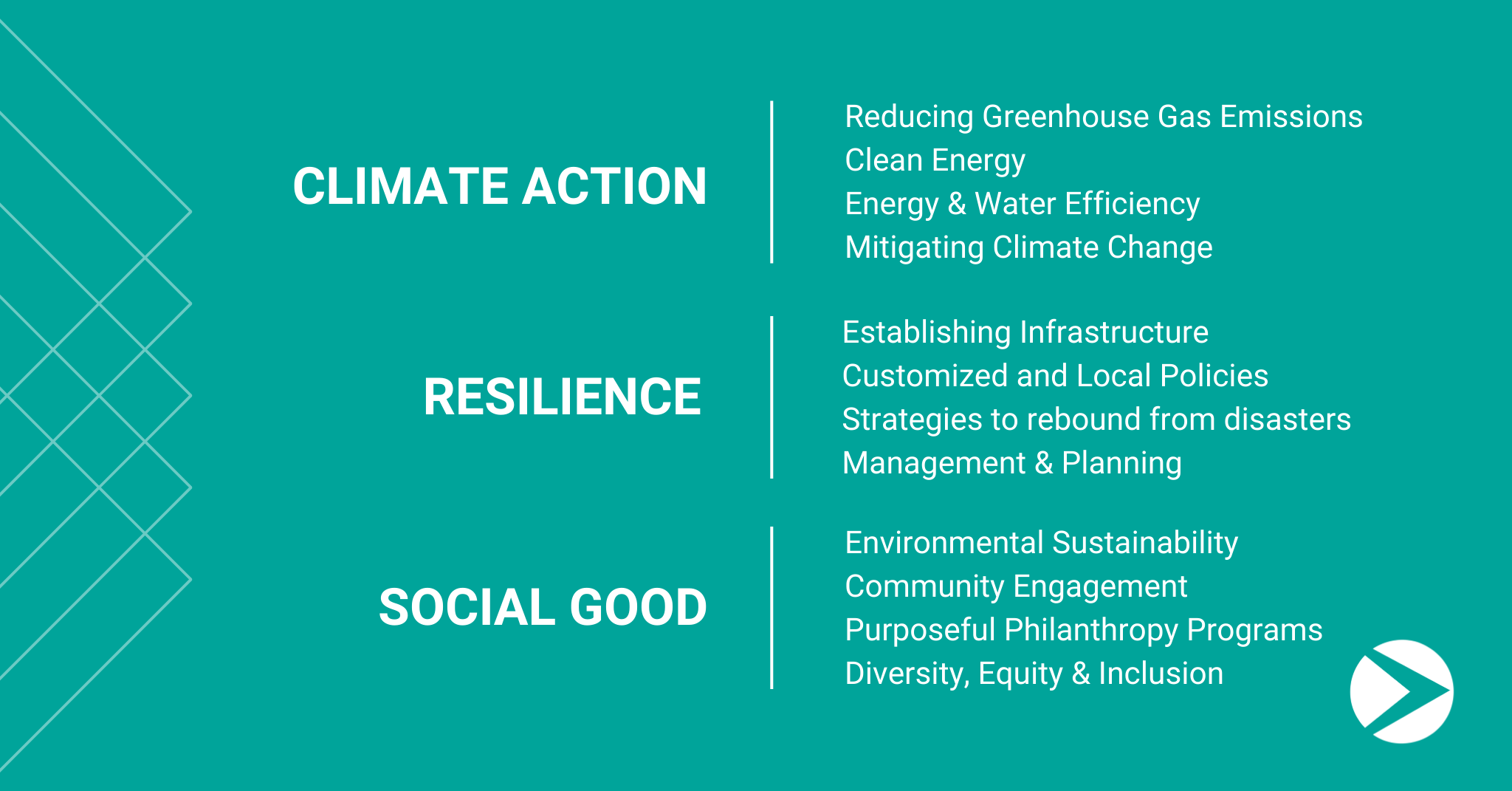
Dileep Prabhakar
Regional Sales Director
Freedom Energy
Environmental, Social, and Governance (ESG) measures a company’s progress toward achieving social goals and creating shareholder value. ESG has recently gained acceptance in corporate, environmental, and investment communities.
Where do companies stand when it comes to ESG?
Today, executives are increasingly held accountable for ensuring that ESG initiatives are effectively managed by promoting growth and managing operations sustainably and responsibly. As issues such as climate change, pollution, and net zero requirements become more concerning to investors, stakeholders, clients, employees, and the communities they serve, ESG will continue to increase in importance. At some point, every company is likely to be asked if they have an ESG policy and plan.
Many organizations state they want to be greener, more sustainable, and more equitable but at what cost to the organization? How do organizations develop an ESG plan that is practical and cost-effective while also ensuring it resonates with investors and shareholders? And how do organizations create a flexible plan for an ever-changing industry and business environment?
Some companies have a philosophy shaped by a core strategy, including ownership of the long-term plan and a commitment to the communities, center of commerce, and civic life that supports the business and helps make it thrive. In some cases, these strategies also address the needs of stakeholders by making efforts to maintain and improve ESG performance across areas, including climate action, resilience, and social good.

Developing an ESG policy—what to include
When developing a policy, it’s essential to understand what ESG represents and to assess the overall organizational impact, business risks, and effect on employees and the planet. Unfortunately, one mistake some organizations make is to hire ‘an expert’ too early in the process, one that drafts a general overall policy without fully understanding the heart of the business and the most important shareholders—the employees.
Generally, the first step is to assess businesses and organizations and engage in conversations with employees to understand better your business’s impact on people and the planet. It is important to ensure that employee conversations are inclusive and include employees across diverse organizational roles to allow for different perspectives and to understand opportunities the organization may experience pertaining to ESG.
From there, identify the most critical risks impacting people and the planet. Conversations may surprise you when you dig in and may unearth some unpleasant realities. Suppose you’re a manufacturer, for example. In that case, you may uncover chemicals or a waste product, as a result of the products you create, that need to be disposed of in a more environmentally friendly way. In addition, you need to consider your supply chain partners, including their ESG commitments, and how you align with them.
For a data center, an ah-ha moment may be based on the sheer volume of electricity used to cool down and keep computer equipment running. How can you make this supply mix greener?
Assessing risks and the importance of support from executive leadership
Organizations will also need to quantify risks, but the good news is that publicly available databases can help assign a score to each. By systematically investigating key parameters of your organization, this exercise will provide a better idea of the impacts your business has on the planet and what is important to your employees. You can dive deeper and ask customers and investors what they expect; some may have already asked what you are doing in this realm.
The next step is a commitment from leadership. It takes time and financial investment to be green in a society where peer pressure is stronger than ever. Developing a plan should include actionable items, transparency, and concrete goals. For example, an organization may disclose and track its carbon footprint reductions and commit to long-term tracking. At this stage, an expert can help achieve attainable goals with valid stakeholder input.
Once an organization establishes a governance plan, it is time to investigate potential solutions. Through these efforts, organizations can demonstrate that their business is conducted with a conscious regard for the environment and broader society while mutually benefiting their stakeholders.
The team at Freedom energy will continue the discussion in future newsletters, but feel free to reach out if you have any questions on how to get started.
Published: March 17, 2023





Connect With Us